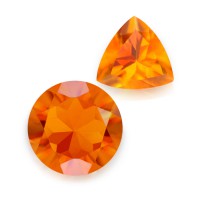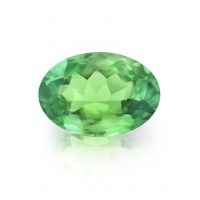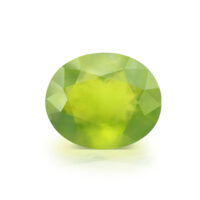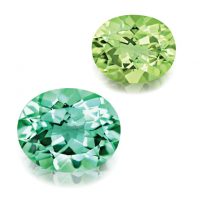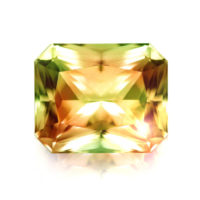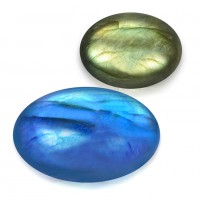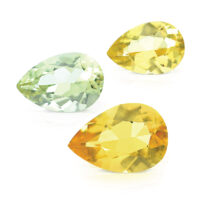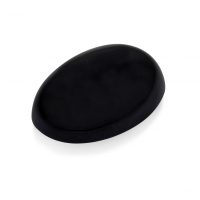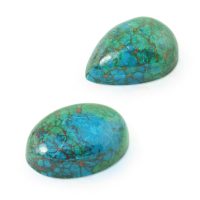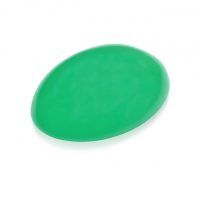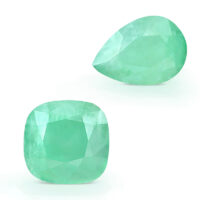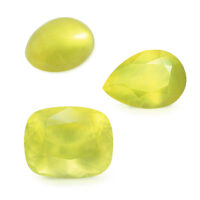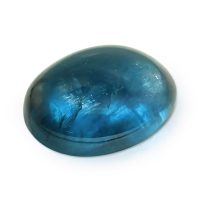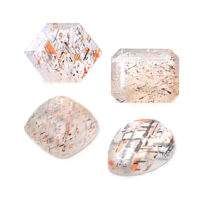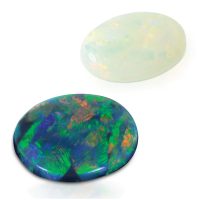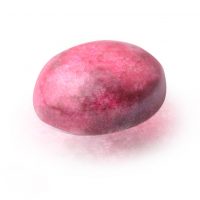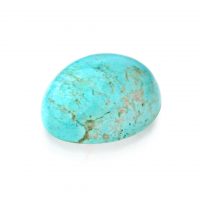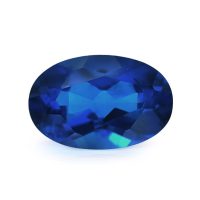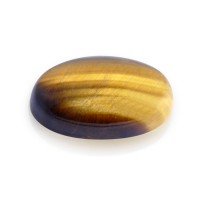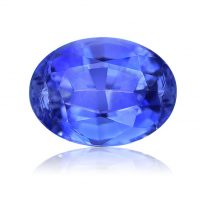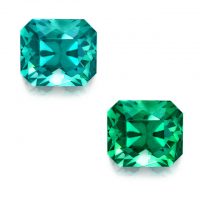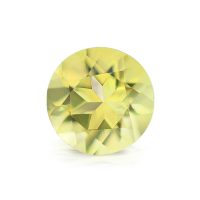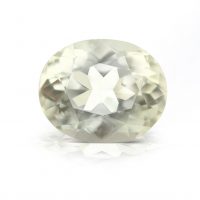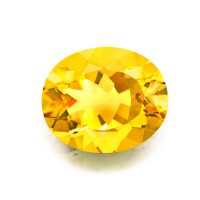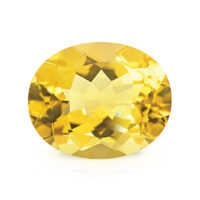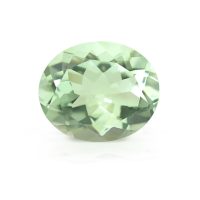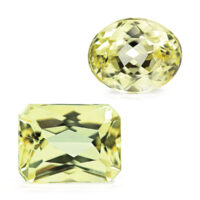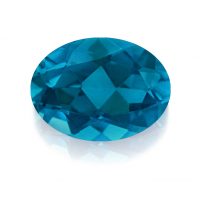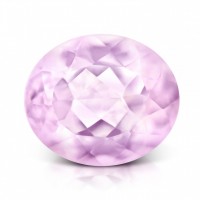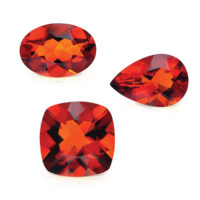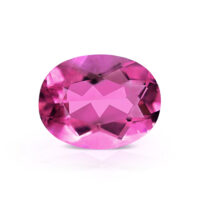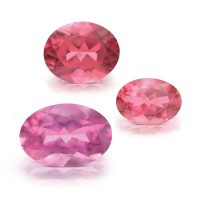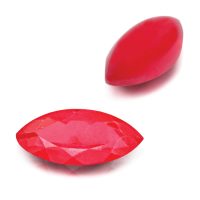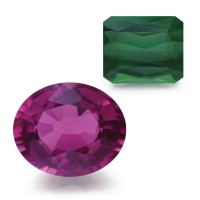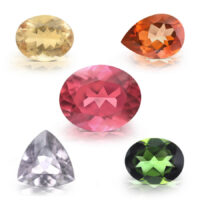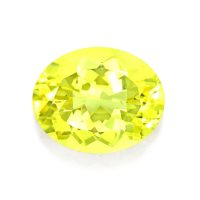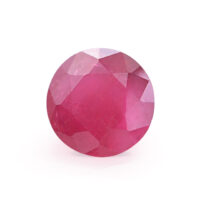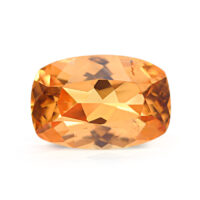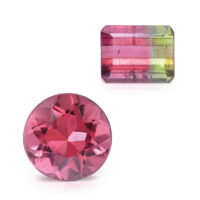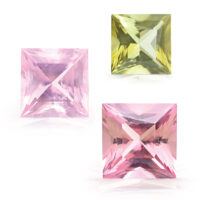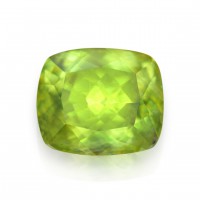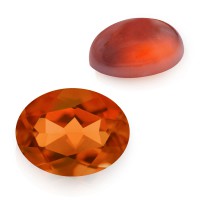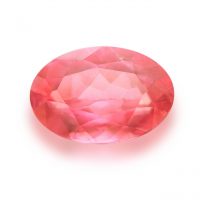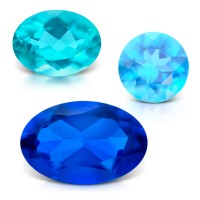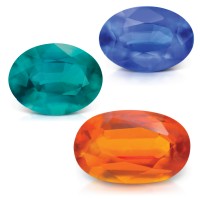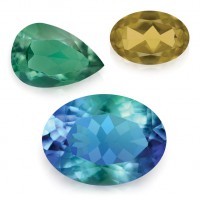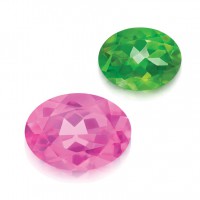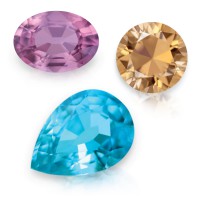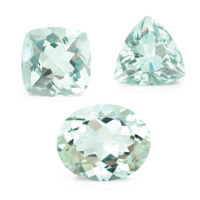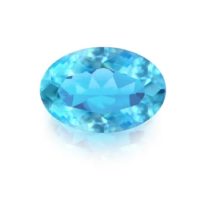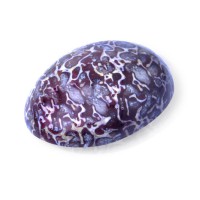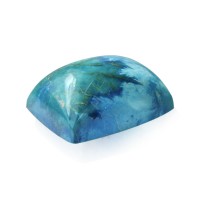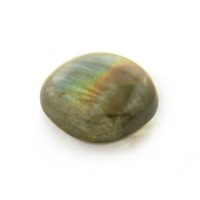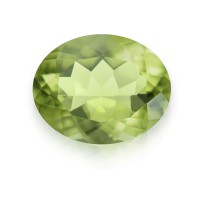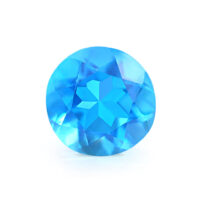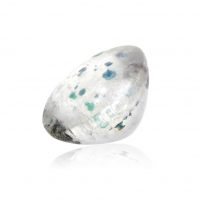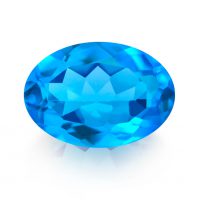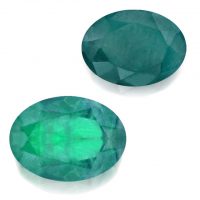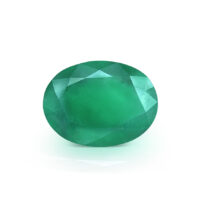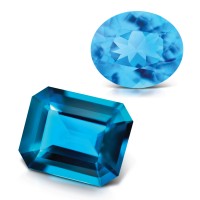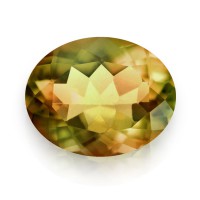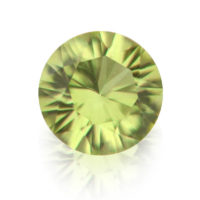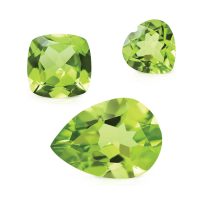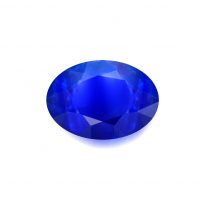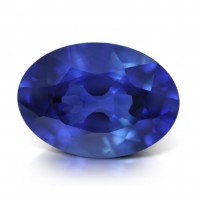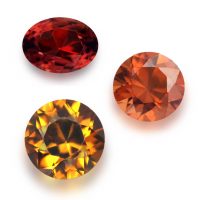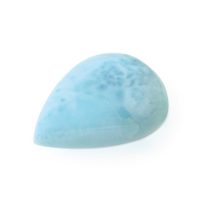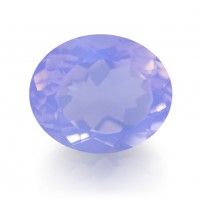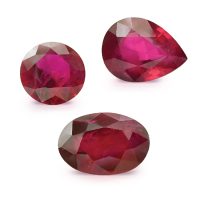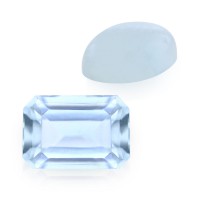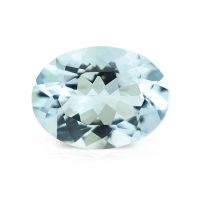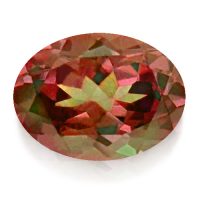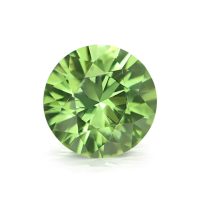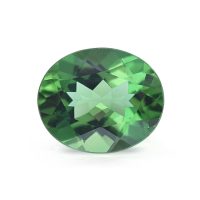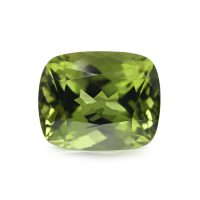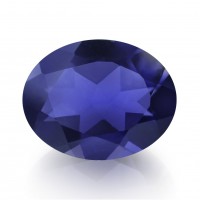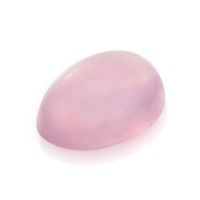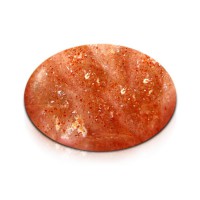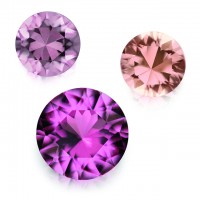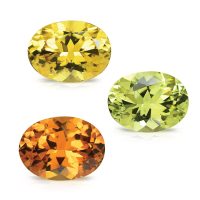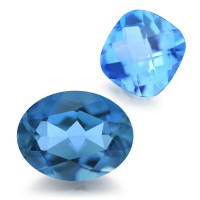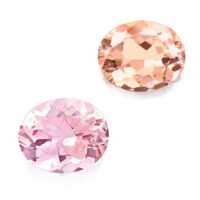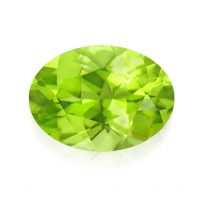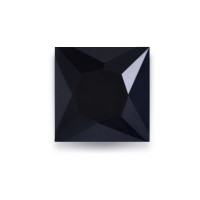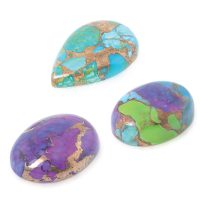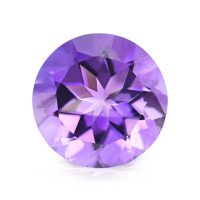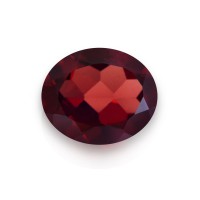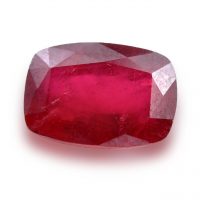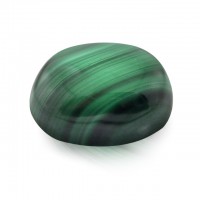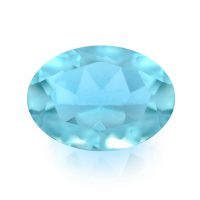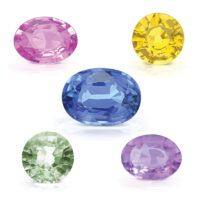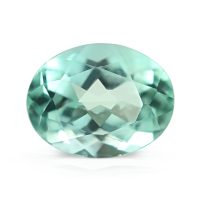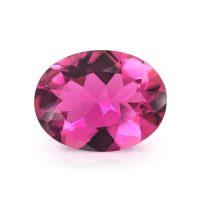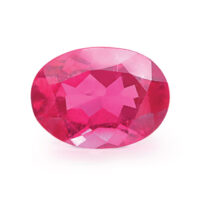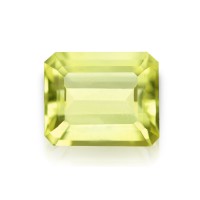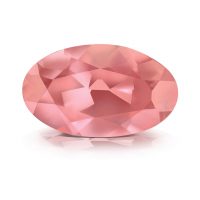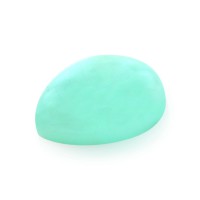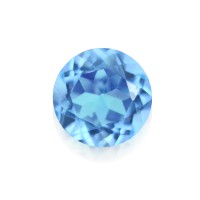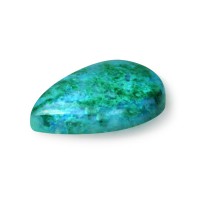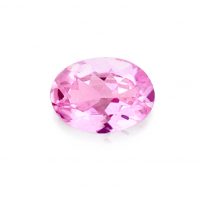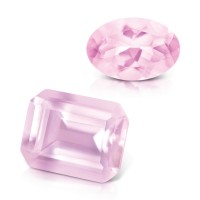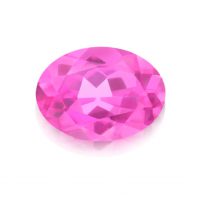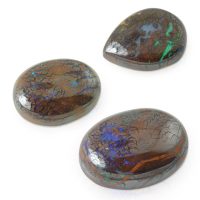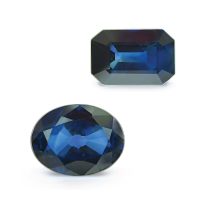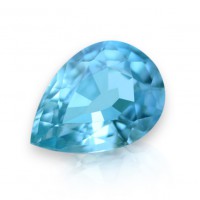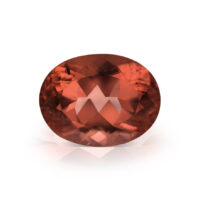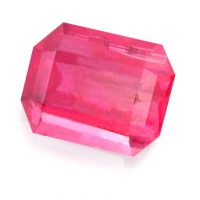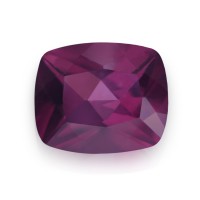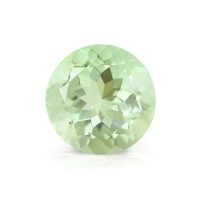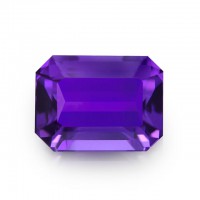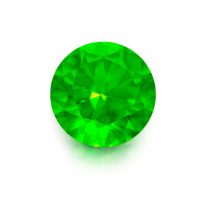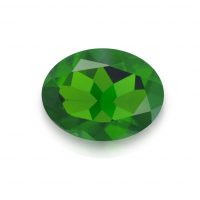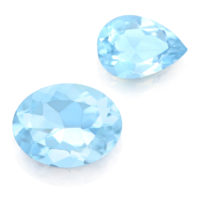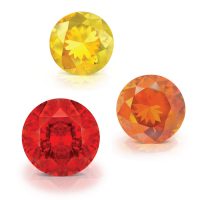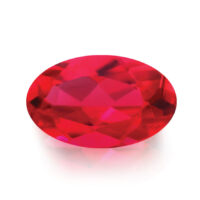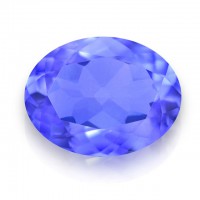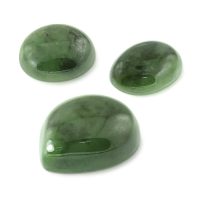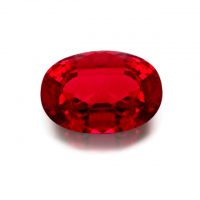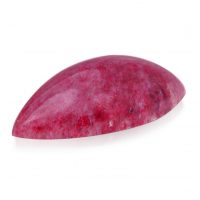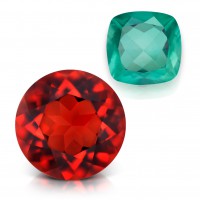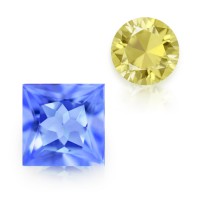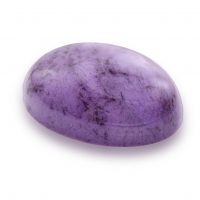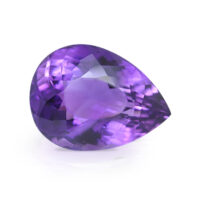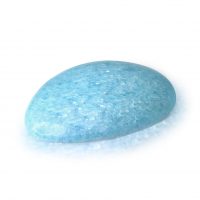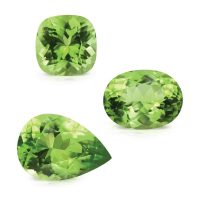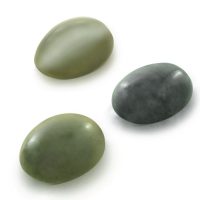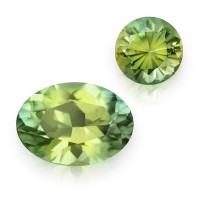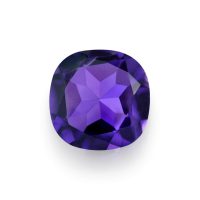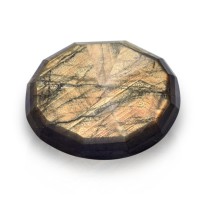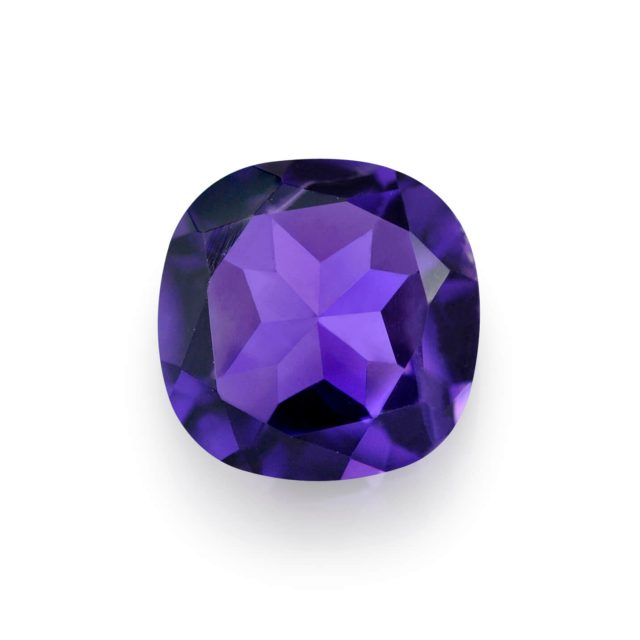

February’s birthstone, Amethysts’ timeless beauty has captivated humanity as early as 2500 BC, affording this classic gemstone a history rich in myth, legend, and lore. Named for its famous mine, Zambian Kariba Amethyst features beautiful, blueberry-purples with highly-desirable blue flashes. Mined for over 50 years, Kariba Amethyst is widely recognized for its high-quality, as well as its mine’s social responsibility. Representing over 90 percent of Zambian Amethyst, finer grades are increasingly scarce, especially if competitively priced. Ours are newly cut old mining, unearthed over 20 years ago.
Hardness 7
Refractive Index 1.544 – 1.553
Relative Density 2.65
Enhancement None
Beauty
Color is Amethyst’s most important consideration, with the deeper shades commanding higher prices. The most valuable Amethysts are medium to dark toned, transparent, and pure violet with no shading toward red or blue, although blue or red flashes are desirable and highly-coveted. Amethyst crystals occur with reasonably few inclusions, so the standard is eye-clean, the highest quality clarity grade for colored gemstones as determined by the world’s leading gemological laboratories. As it’s popular with both lapidaries and jewelers, you’ll find more fanciful shapes and cuts of Amethyst than you will for many other gemstones. Regardless of the cut, look for an even color and good brilliance.
Showcasing signature hues, Zambian Kariba Amethyst displays beautiful even, rich, blueberry-purples with blue flashes (a characteristic feature of some Brazilian and Zambian Amethyst), in a highly-desirable medium saturation (strength of color) and tone (lightness or darkness of color), the marketplace ideal. This signature hue, combined with their excellent brilliance/transparency, beautiful scintillation (play of light), attractive vitreous (glassy) luster, and everyday wearability, make Zambian Kariba Amethyst ideal for gemstone jewelry. Zambian Kariba Amethyst also possesses an attractive, subtle color change to pink in candlelight (incandescent light).
Zambian Kariba Amethysts’ unique beauty requires optimal lapidary and an eye-clean clarity. Experienced lapidaries carefully orientate each crystal to maximize colorful brilliance, maintaining a high-polish/luster, as well as a good overall appearance (outline, profile, proportions, and shape).
Colored by trace amounts of iron, Amethyst is a variety of macrocrystalline (large crystal) Quartz that comes in pastel roses to deep purples. Some other popular macrocrystalline quartzes are Citrine, Rose Quartz, and Tiger’s Eye. Cryptocrystalline (small crystal) Quartz gemstones include, Agate, Chalcedony, Jasper, and Onyx. Derived from the Greek ‘amethustos’, which means ‘not drunk’, Amethyst is mythologically associated with Dionysus (Bacchus to the Romans), the Greek god of wine, and was once fashioned into talismans and goblets to prevent intoxication. Despite Dionysus’s divine mission to end care and worry, he spread his fair share of mayhem, especially after a few quarts of wine! The legend goes that a drunken Dionysus, none too happy after being shunned by a passing mortal, swore revenge on the next unfortunate to cross his path. Enter Amethyst, a young, innocent, beautiful maiden (and a worshipper of the goddess Diana), followed by two hungry tigers’ courtesy of Dionysus. As Amethyst screamed, Dionysus filled his goblet. Divinely unimpressed by Dionysus’s shenanigans, all-seeing Diana quickly turned Amethyst into a Quartz statue, as pure as her virtue. While protected from harm, unfortunately the spell couldn’t be reversed, causing a guilt-ridden Dionysus to weep tears of sorrow. Collapsing as his tears dripped into his goblet, its contents splashed onto the statue, creating the purple gem we call Amethyst. Adopting words from other languages, the Greek name is probably a play on the Hebrew for a purple gem, ‘achlamath’, which itself is possibly derived from the Persian ‘shemest’. While legend would have us believe the Greeks really thought Amethyst would prevent intoxication, writing in the 1st century Pliny the Elder (23-79 AD), Roman historian and author of Historia Naturalis (the world’s first encyclopedia), was skeptical, remarking, “the lying Magi promise that these gems are an antidote to drunkenness.” Yet in his’ Book of Precious Stones’, the 13th century Arabic scholar Mohammed Ben Mansur affirms that, “wine drunk out of a goblet of Amethyst does not intoxicate.” However, if you fill an Amethyst goblet with water, it does look a lot like wine, so perhaps this legend has a grain of truth… Long before Roman emperors donned the bright purple ‘toga picta’, pharaohs, kings and queens made purple a potent symbol of sovereignty. From the signet of Cleopatra, an Amethyst engraved with a figure of Bacchus, to the Amethyst necklace of Queen Charlotte, wife of George III of England, Amethyst will forever be linked to fashion, prestige, and power. Because of this heritage, it’s not surprising that Amethyst was popular with the Catholic Church in the middle ages. Thought to promote celibacy, it soon became known as the ‘papal stone’. Even today, bishops still wear Amethyst rings. Leonardo Da Vinci (1452-1519) wrote that Amethyst was able to dissipate evil thoughts and quicken the intelligence, while Pliny the Elder reported that if the name of the moon or sun was engraved upon an Amethyst hung from the neck by the hair of a baboon it became a charm against witchcraft, and beneficial to those petitioning princes. Amethyst might be a gem of antiquity, but it remains an important fashion gemstone due to its timeless beauty.
Rarity
Found on every continent in varying amounts, Amethyst quality differs depending on origin. First appearing in Europe in 1727, gorgeous Brazilian Amethyst remains prolific. Other notable origins include, Madagascar, Morocco, Uruguay, and Zambia.
Zambian Kariba Amethyst is from the Kariba Mine in Zambia’s Zimba district, located 70 kilometers northeast of Livingstone. Estimated at yielding over 90 percent of Zambian Amethyst, the mine has been in operation for over 50 years. Social responsibility toward their local community is at the heart of Kariba’s mining operations, and they actively participate in community development by training and employing local workers, as well as investing in the construction of infrastructure, including bridges, dam, drilling & maintaining wells, medical center, police station, roads, and schools. Kariba has around 200 workers, with over 3,000 people directly or indirectly supported by the mine during its years of operation.
While the mine is mechanized, once the Amethyst veins are excavated, they are selectively hand mined by pick and shovel. Raw Zambian Kariba Amethyst crystals are then carefully sorted and graded in Zambia, using stringent quality control measures to maintain their signature colors. Although fine-quality Zambian Kariba Amethyst is valued higher, demand is also high, with better grades depleting over the years. Interestingly, we’ve been unusually lucky sourcing historic mining from Kariba, acquiring two parcels since 2020; lightning hardly ever strikes twice in the gem world!
With over 90 percent of gemstones enhanced, many Amethysts’ are heated to lighten or darken their hue, or to remove undesirable secondary tones. Importantly, Zambian Kariba Amethyst is one of the few gemstones that are totally natural and unenhanced, accentuating desirability, rarity, and value.
Durability & Care
Zambian Kariba Amethyst is an excellent jewelry gemstone (Mohs’ Hardness: 7), well-suited to everyday wear. Always store Zambian Kariba Amethyst carefully to avoid scuffs and scratches. Clean with gentle soap and lukewarm water, scrubbing behind the gem with a very soft toothbrush as necessary. After cleaning, pat dry with a soft towel or chamois cloth.
Map Location
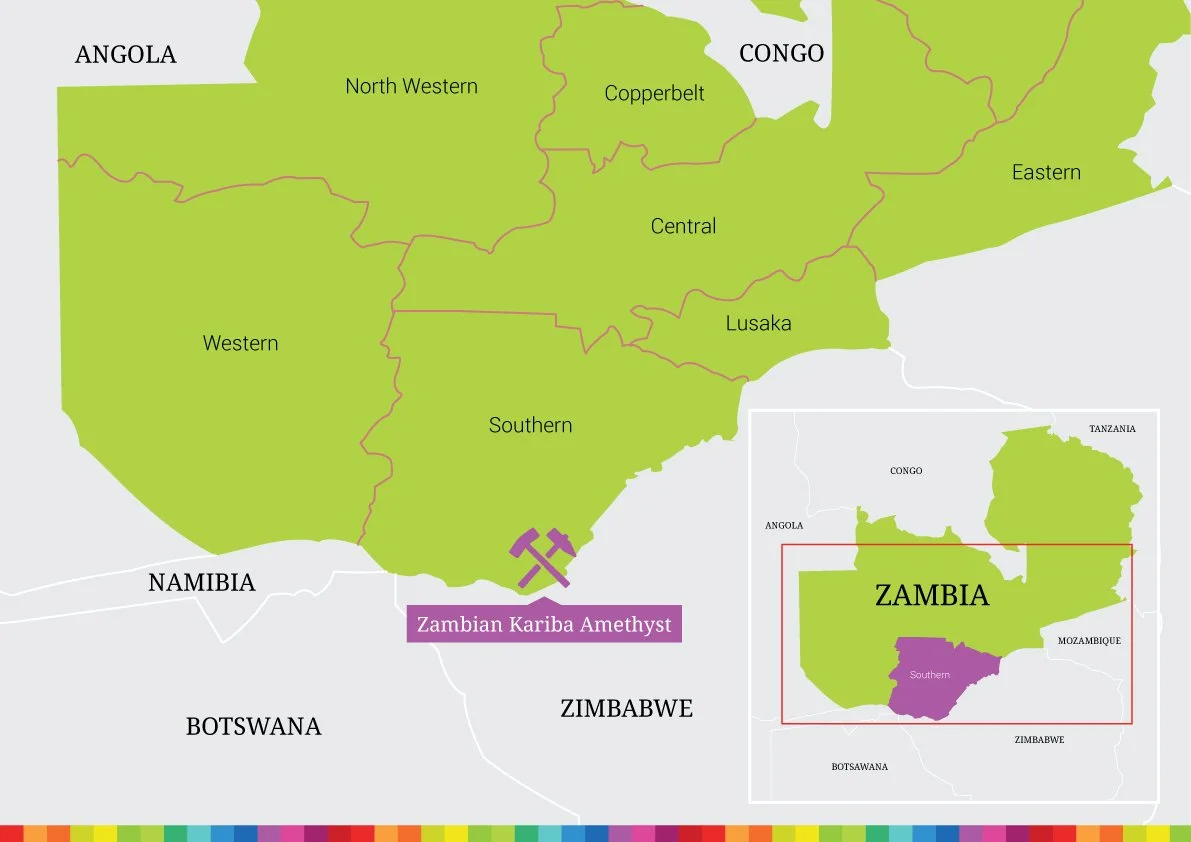
Click map to enlarge
